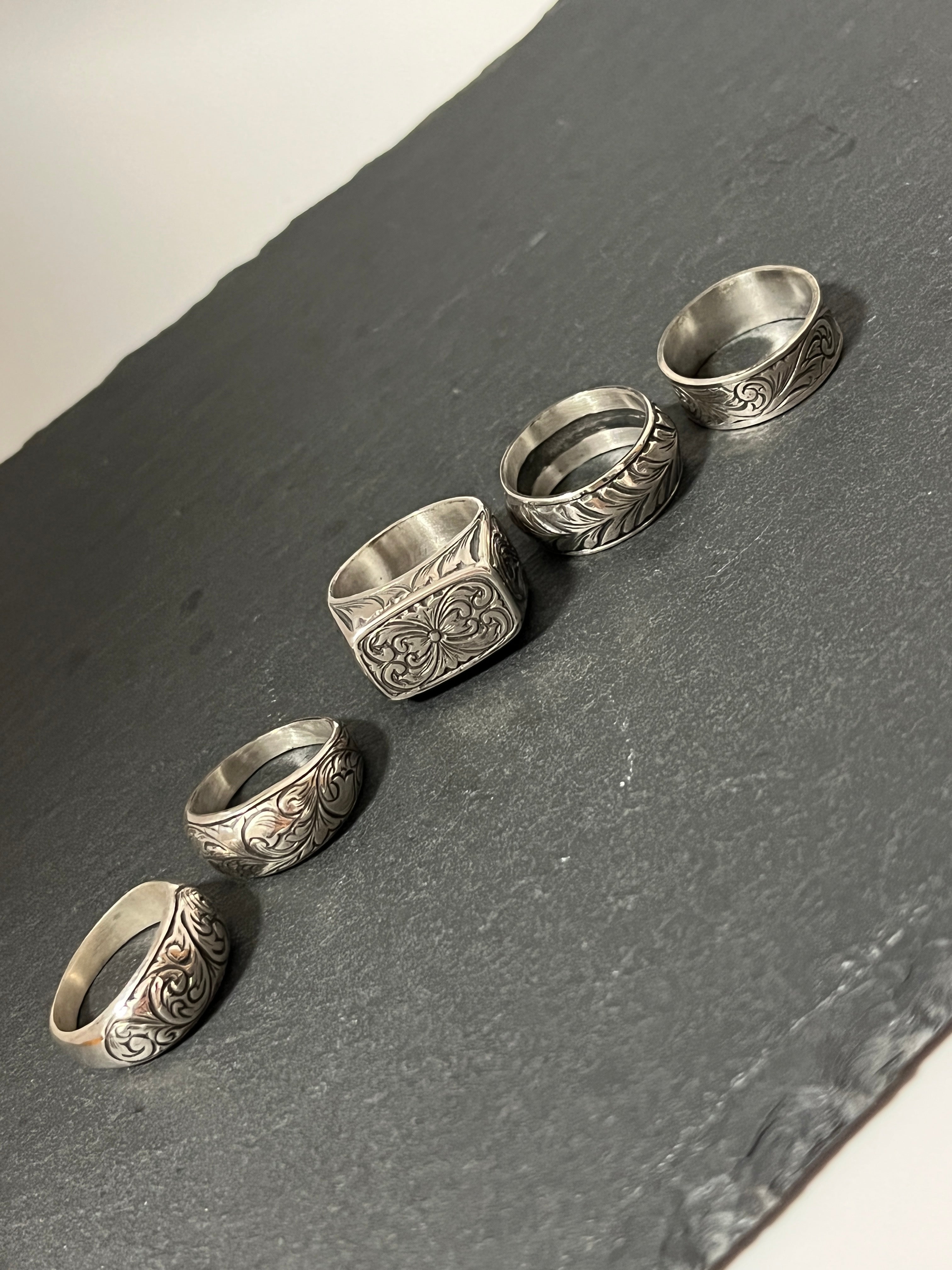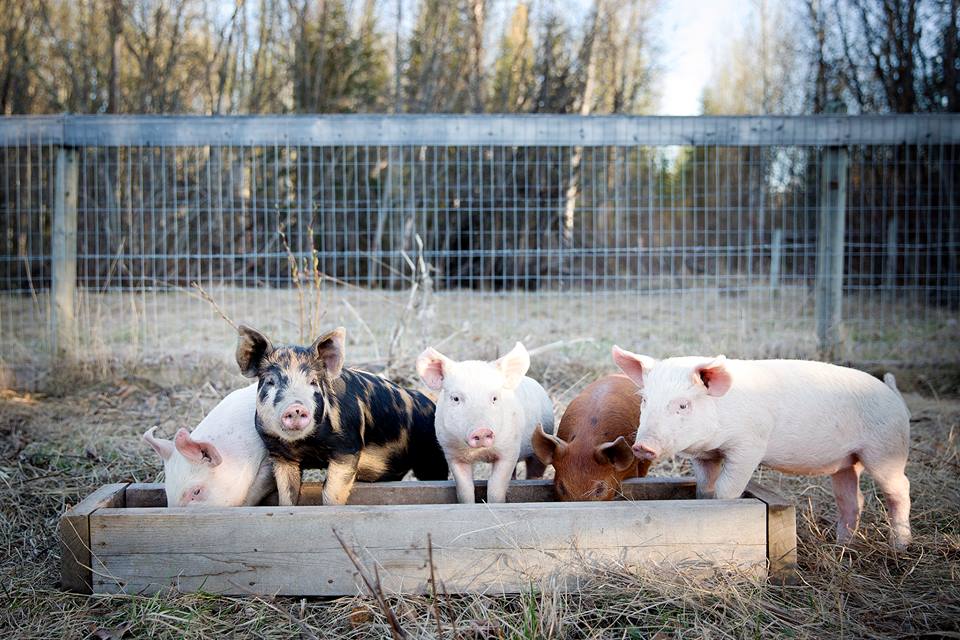The motif and meaning of the peacock, a sacred being that symbolizes wealth and prosperity
Although peacocks are not as popular a motif as skulls or crosses in silver accessories, they have long been known as a popular motif in antique jewelry.
It is rare to see an entire peacock, but it is not uncommon to see just a single tail feather made into an accessory.
Peacock tail feathers are a symbol of wealth and prosperity
The male peacock's tail feathers look very luxurious when spread out, and so the peacock is considered a symbol of wealth and prosperity.
Originally they lived in India and Southeast Asia, but because of their beautiful appearance they were traded from place to place, and so their image seems to be different in different places, but the image of "wealth and prosperity" remains the same no matter where you go.
It was also loved as a design of 19th century aestheticism.
It is said that it first came to Japan in 598 as a gift to Empress Suiko.
A peacock's tail feathers with eye-like patterns
Peacock tail feathers have eye-like patterns (spots), so when they are used as a motif they are sometimes treated as sacred eyes (such as the eye of Udjat).
In Greek mythology, when Argos (a giant with 100 eyes), who was watching over Zeus' lover, was beheaded by Hermes on Zeus' orders, Zeus' wife Hera, who had ordered the watch, took pity on him and transferred Argos' eyes onto a peacock's tail feathers.
The peacock has immortality and the power to ward off evil.
The peacock is a symbol of evil-doing and warding off evil spirits.
Some people may have a sacred image in mind when they hear the word peacock.
In India, the peacock, which has no qualms about eating poisonous snakes, is worshipped as a goddess called Mahamayuri, who is believed to purify the three poisons of Buddhism: greed (greed), anger (being possessed by), and ignorance (foolishness).
Some of you may know the name Peacock King.
In Europe, the peacock is associated with the image of immortality and eternal life.
In Rome, Pliny the Elder, who wrote Natural History, recorded that peacocks' feathers grow back once a year, and because of this, they were considered to be immortal and reborn.In Christianity, the Church Father Augustine wrote that "peacock flesh does not spoil," so the peacock is considered to be immortal.


